
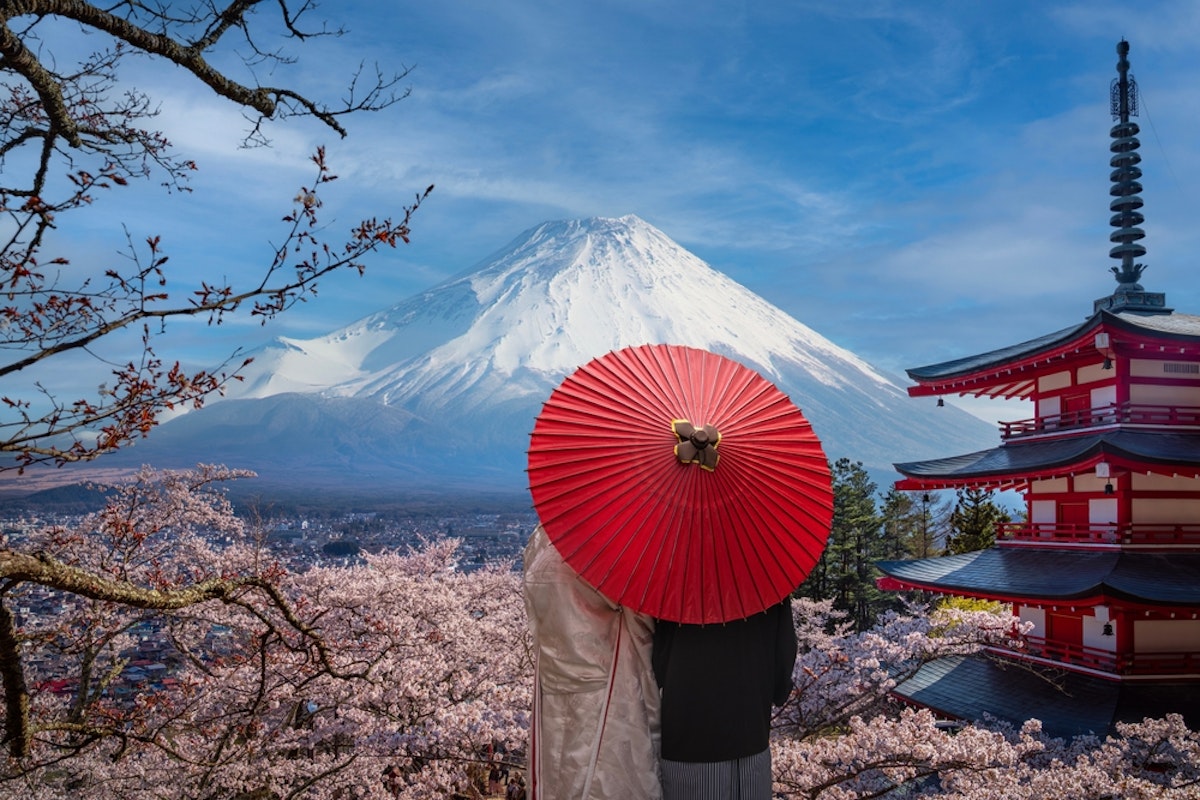
富士山是日本最知名的地標之一,幾個世紀以來,這座令人驚歎的自然山峰一直吸引著旅行者、藝術家和當地人。它高 3,776 米(12,389 英尺),是日本最高的山峰,在晴朗的日子里經常可以從東京看到。無論您是在東京停留幾天還是停留更長時間,找到一個好的有利位置來欣賞這個令人歎為觀止的日本象徵都是一次有益的經歷。
本指南將帶您完成東京最好的地方去看富士山,為什麼天氣和季節很重要,以及附近可以近距離欣賞的景點。
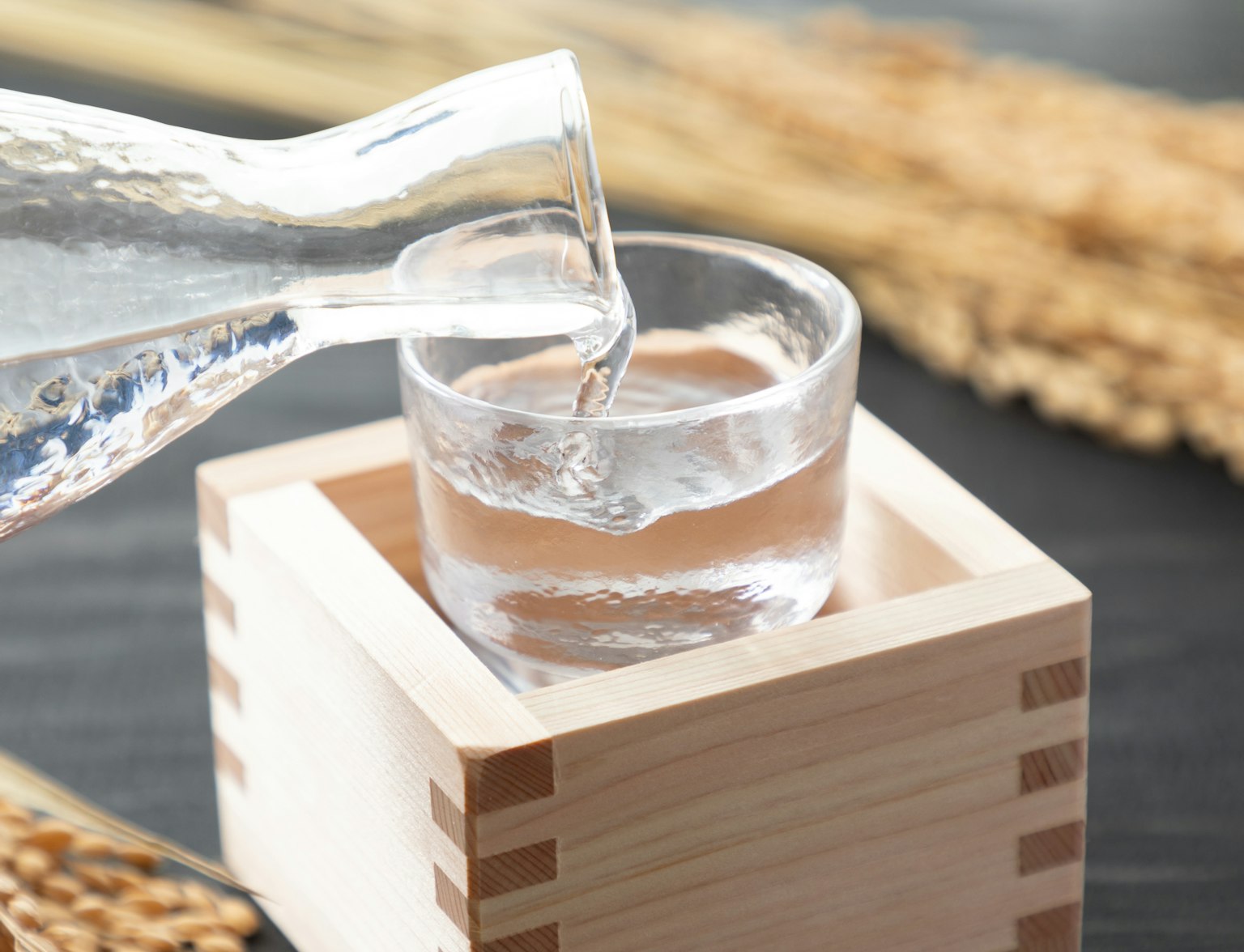
在私人一日游中體驗富士山周圍的藝術、文化和靈性。
雖然富士山位於東京西南約 100 公里(62 英里)處,能否發現它取決於當天的情況。天氣、空氣品質和一年中的時間都起著重要作用。與夏季相比,這座山在冬季更容易看到,因為空氣往往要清澈得多。東京在溫暖的月份的潮濕和霧霾會遮擋住視線,即使天空看起來是藍色的。
一天中的時間也很重要。清晨通常是在炎熱的一天形成大氣霧霾之前看到這座山的最佳機會。暴雨後的傍晚也可以凈化空氣,使富士山清晰可見。
如果您想從東京欣賞富士山,有很多地方可以這樣做。每個景點都有自己獨特的視角,因此探索幾個景點是值得的。
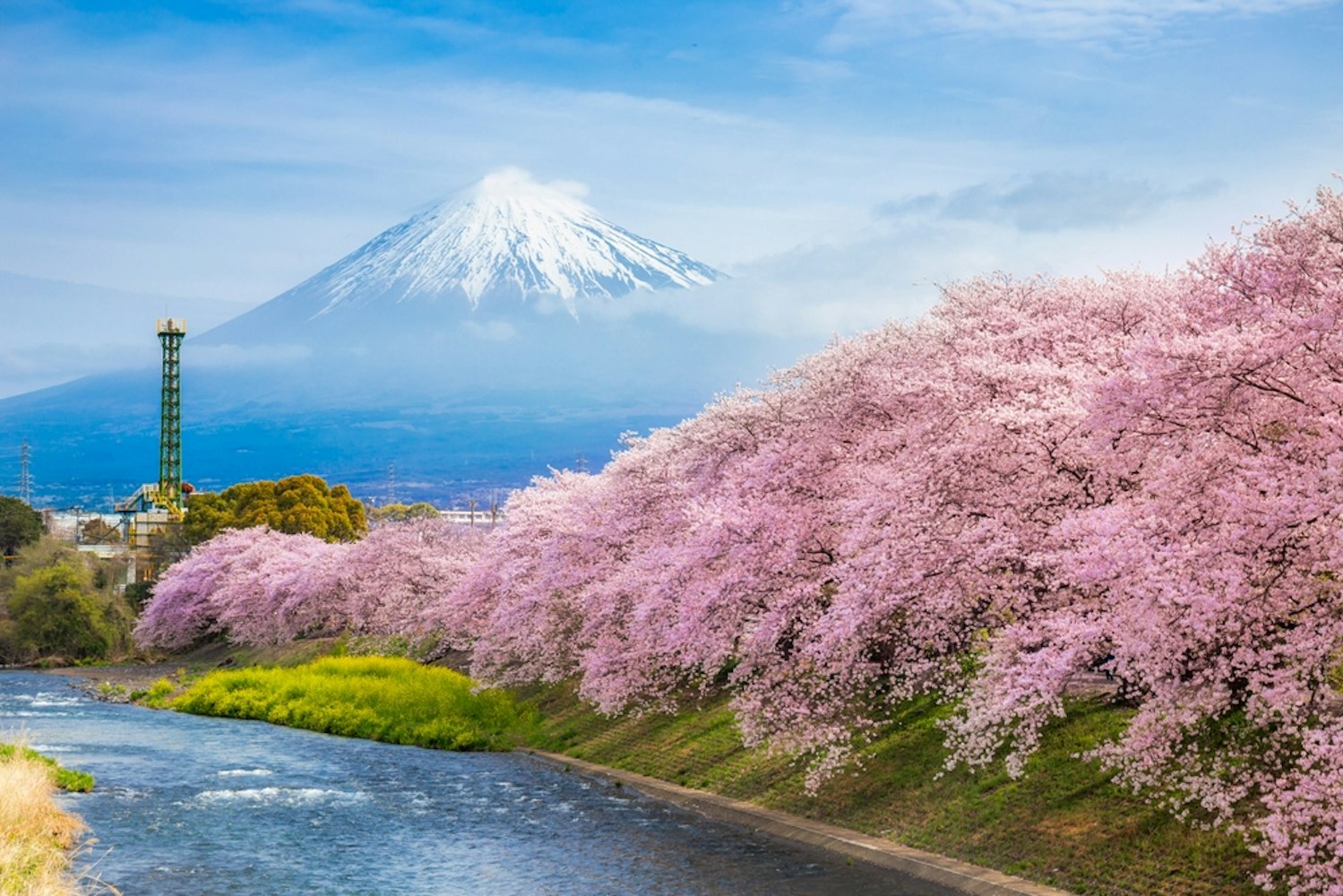
這座位於新宿的標誌性摩天大樓有兩個免費的觀景台,一個位於北塔,一個位於南塔,位於 45 層。
南塔的景色特別適合觀賞富士山,尤其是在霧霾較低的日子里。該建築的中心位置使其易於訪問,並且免費入場使其成為對旅行者有吸引力的選擇。
最佳時間:冬季清晨,景色最清晰。
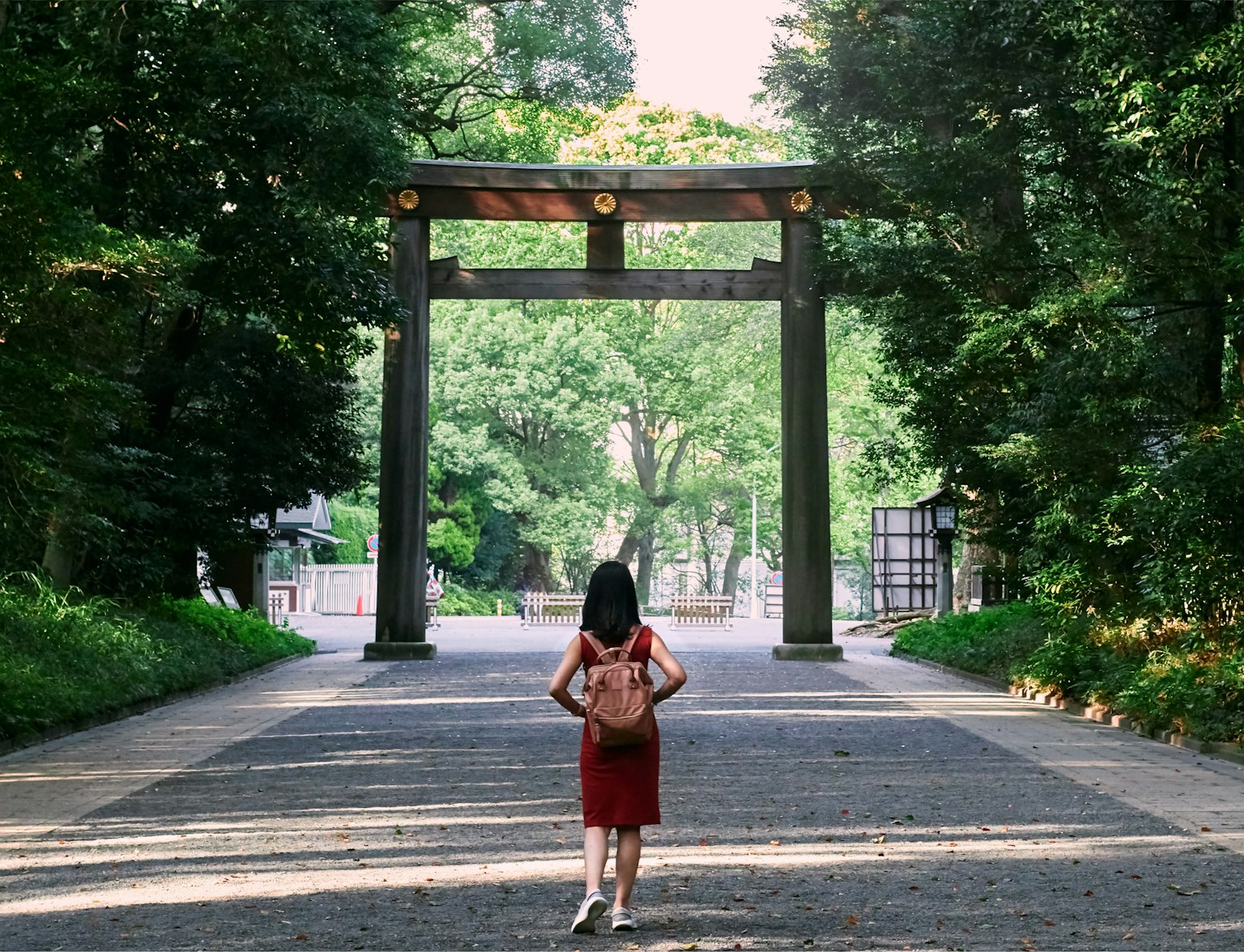
通過我們的私人旅遊,探索充滿活力的東京市的所有榮耀。
作為日本最高的建築,東京晴空塔是該市最高的觀景台之一。它的兩層甲板——一個在離地面 350 米處,另一個在離地 450 米處——可以欣賞到在晴朗的日子里一直延伸到富士山的全景。較高的甲板被稱為 Tembo Galleria,是瞥見這座山的更好選擇。
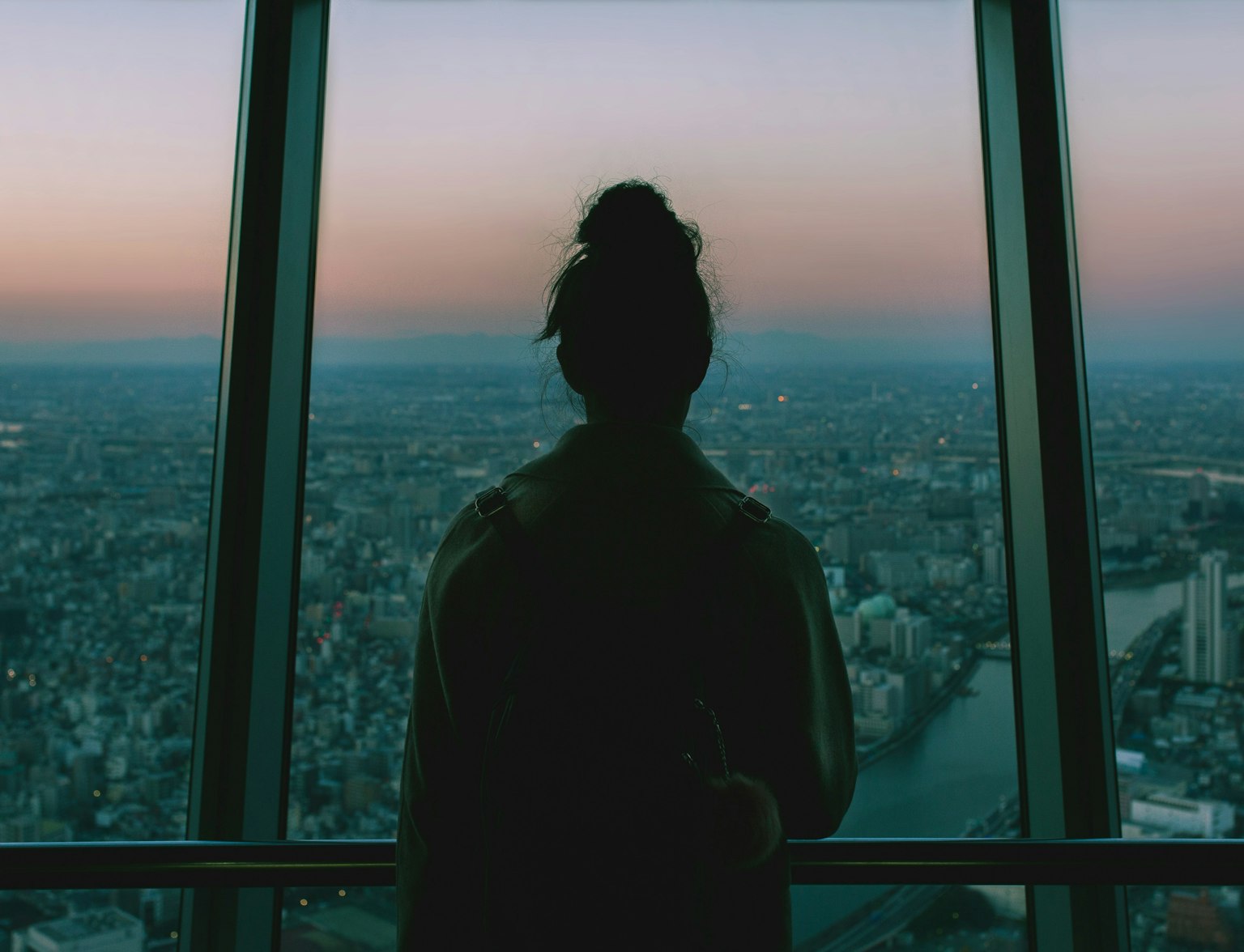
解鎖東京的一天奇跡!
這座位於六本木的54層建築是另一個欣賞富士山美景的絕佳去處。位於室內的東京城市景觀觀景台可以欣賞到一覽無餘的城市景觀,但要想獲得最佳的富士景觀,請前往天空甲板。
這個露天屋頂空間可以一覽無餘地欣賞到山景,尤其是在日落時分,金色的光芒增強了它的美麗。
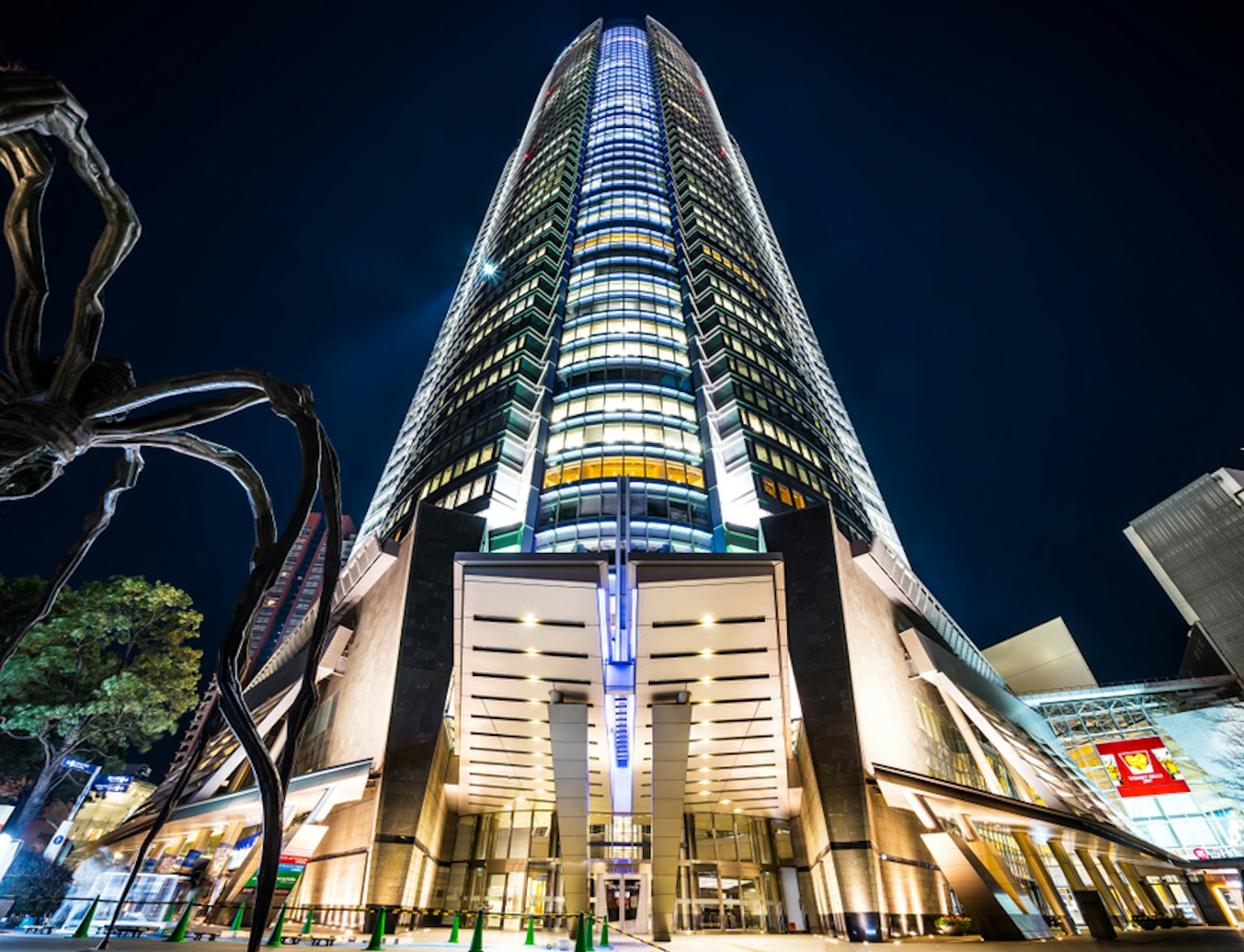
從 Roppongi Hills Mori Tower 俯瞰全景。
如果您喜歡大自然,位於東京市中心外的高尾山是一個不錯的去處。短途徒步即可到達山頂,享受富士山的寧靜環境。
在特別晴朗的日子里,景色令人歎為觀止,山上綠樹成蔭。在紅葉或櫻花季節參觀,為體驗增添了特別的色彩。
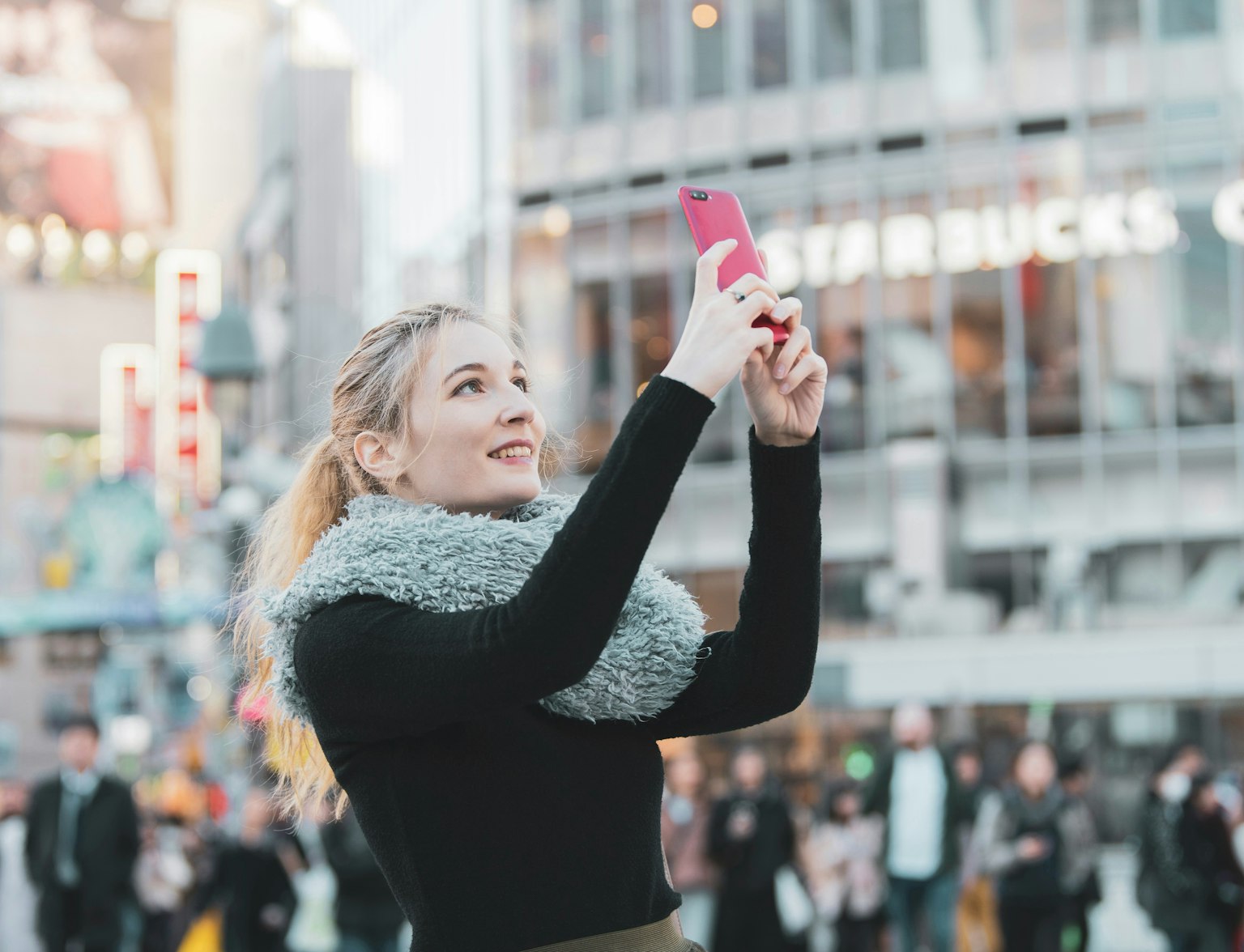
通過可定製的全日私家車之旅體驗東京的標誌性地標。
羽田機場不僅適合搭乘飛機,還是欣賞富士山美景的熱門景點。國內和國際航站樓均設有向公眾開放的觀景台,您可以在那裡放鬆身心,俯瞰東京灣地區,背景是富士山。
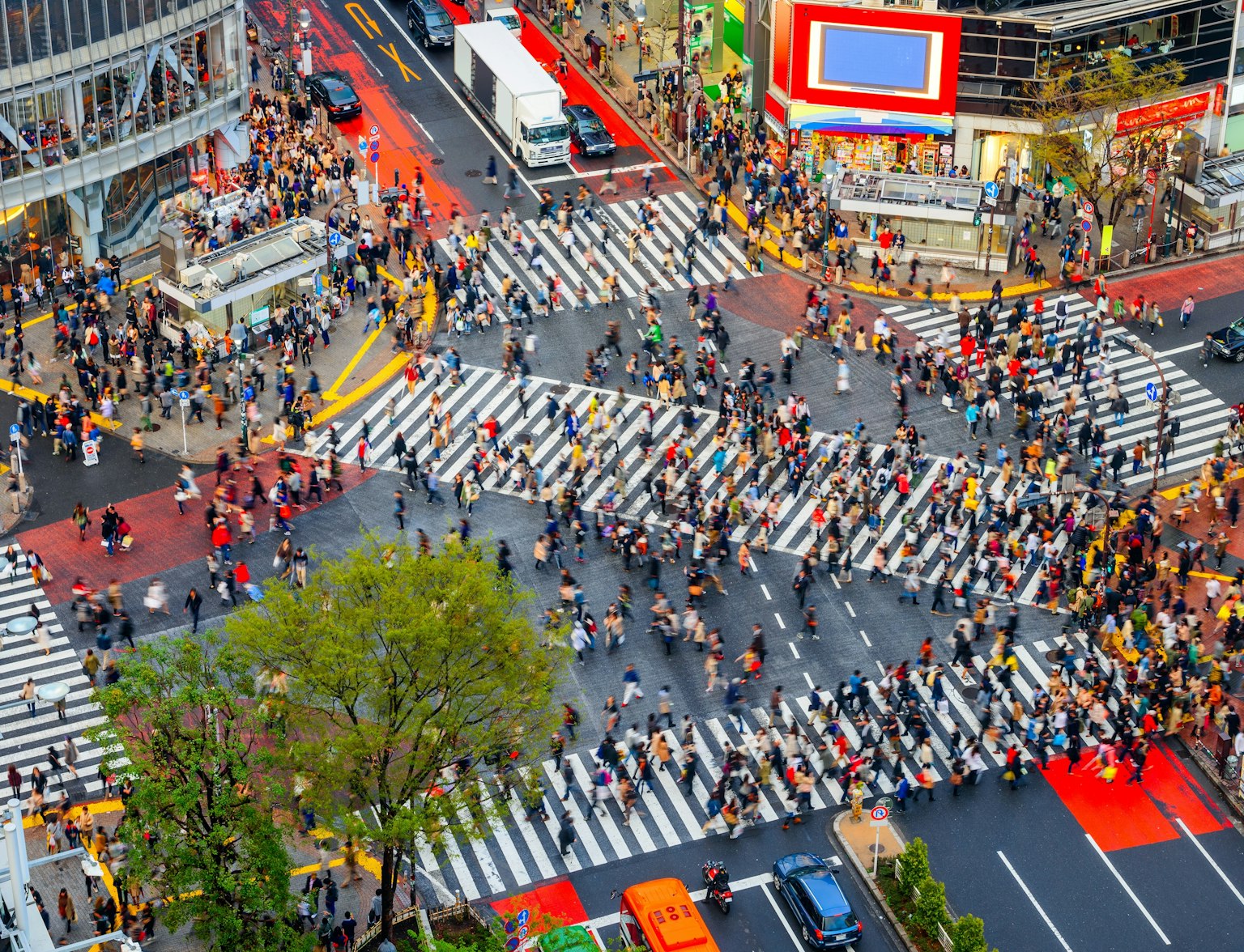
體驗從東京到羽田機場的豪華麵包車輕鬆的私人接送服務。
對於那些喜歡海濱景色的人來說,台場海濱公園提供了一個輕鬆的環境,可以欣賞到富士山的美景。在日落時分參觀,可以欣賞到倒映在水中的山脈的寧靜景色。
您還可以將參觀與探索台場的其他景點相結合,例如彩虹橋或 teamLab Borderless 數位藝術博物館。
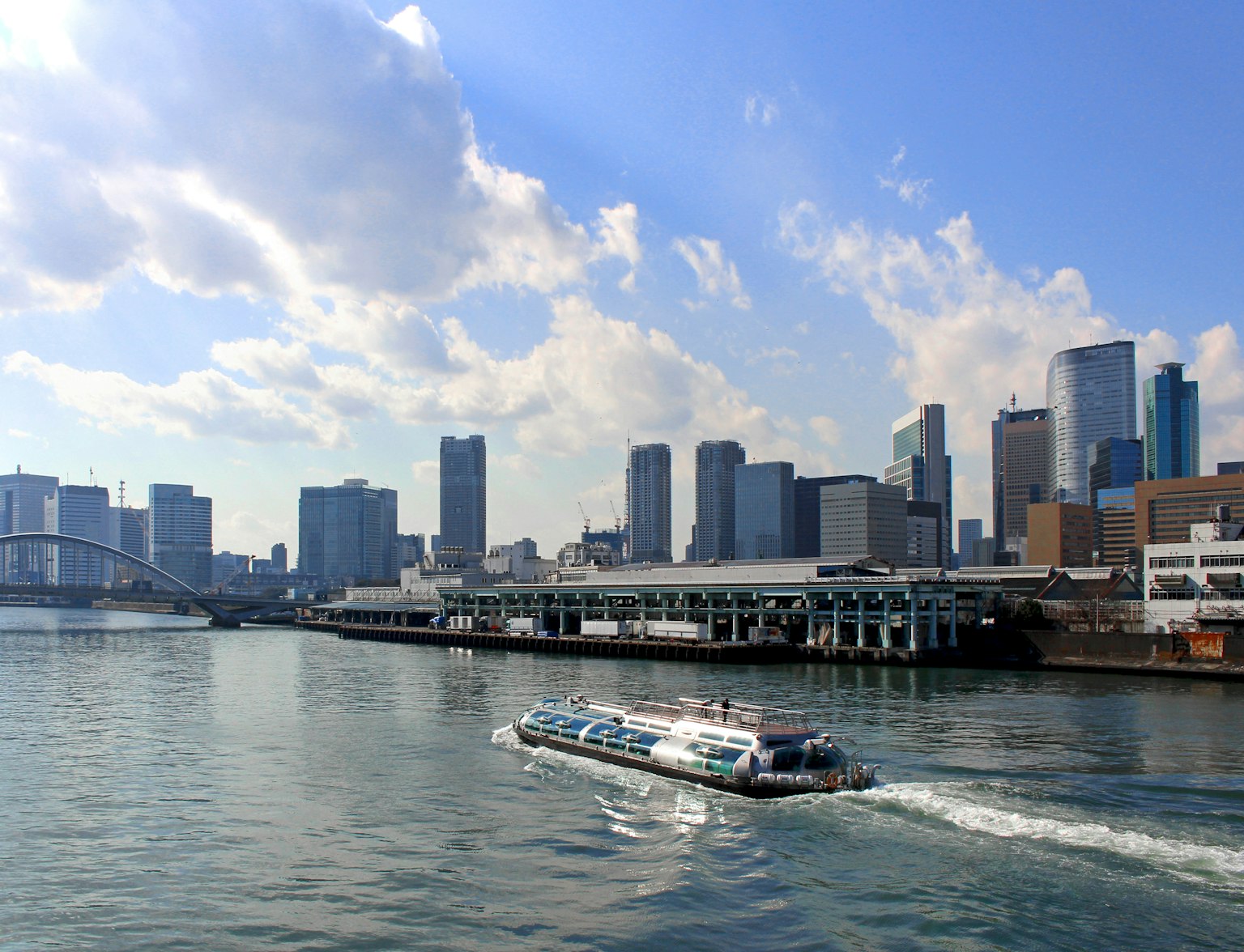
在我們的淺草到台場游輪上發現東京隱藏的瑰寶!
這個鮮為人知的地方是那些尋求安靜、自由觀看體驗的人的最愛。25 樓的觀景休息室可以欣賞到絕佳的城市景觀,在晴朗的日子里,遠處可以看到富士山。與一些更受歡迎的景點相比,它不那麼擁擠,如果您想要更輕鬆的氛圍,它是一個不錯的選擇。
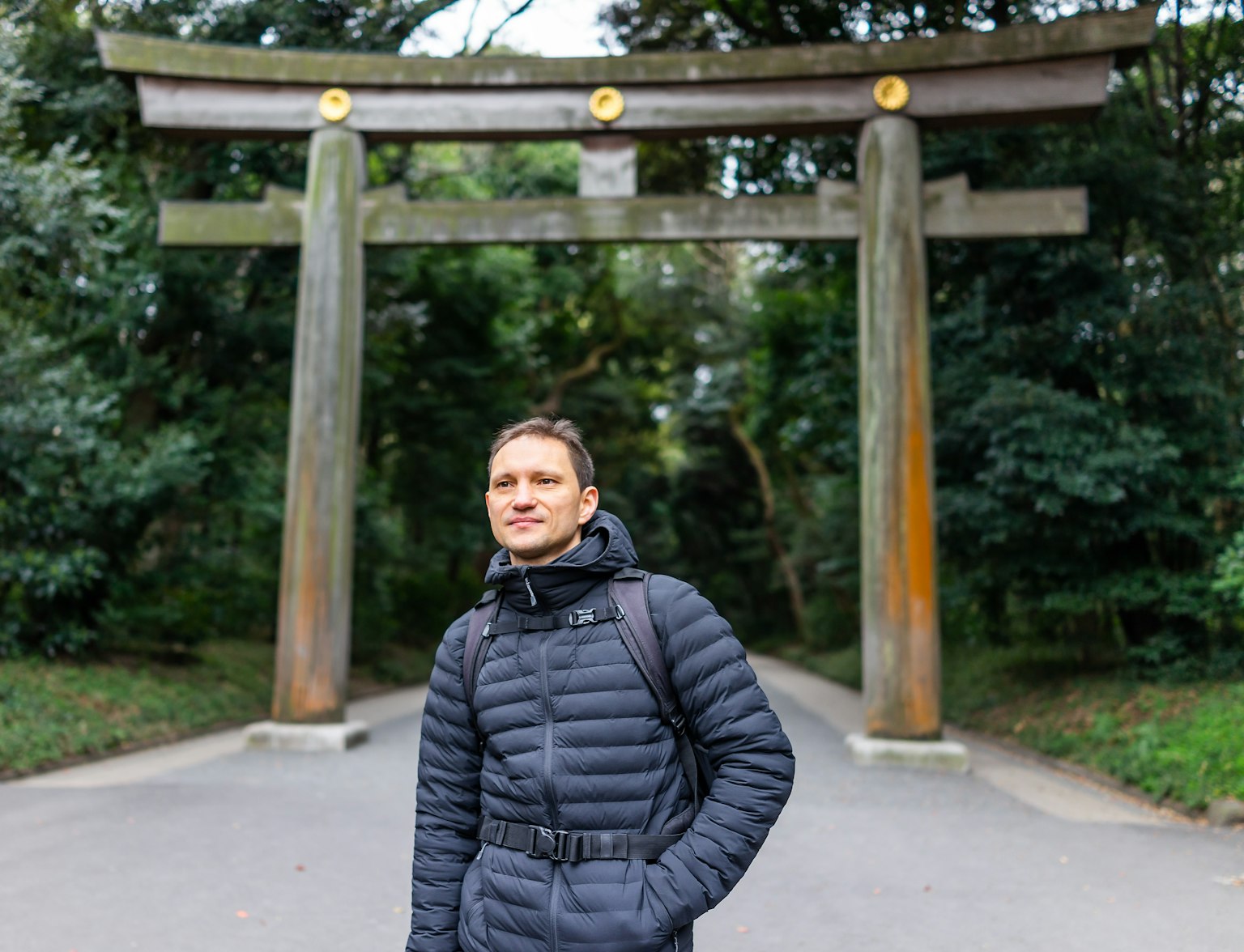
在私人徒步旅行中探索東京的迷人魅力。
多摩川兩岸,尤其是二子玉川附近,是觀賞富士山的寧靜地點,周圍是開闊的天空和城市景觀。沿著河邊散步或騎自行車可以讓您在等待完美景色的同時享受愉快的郊遊。
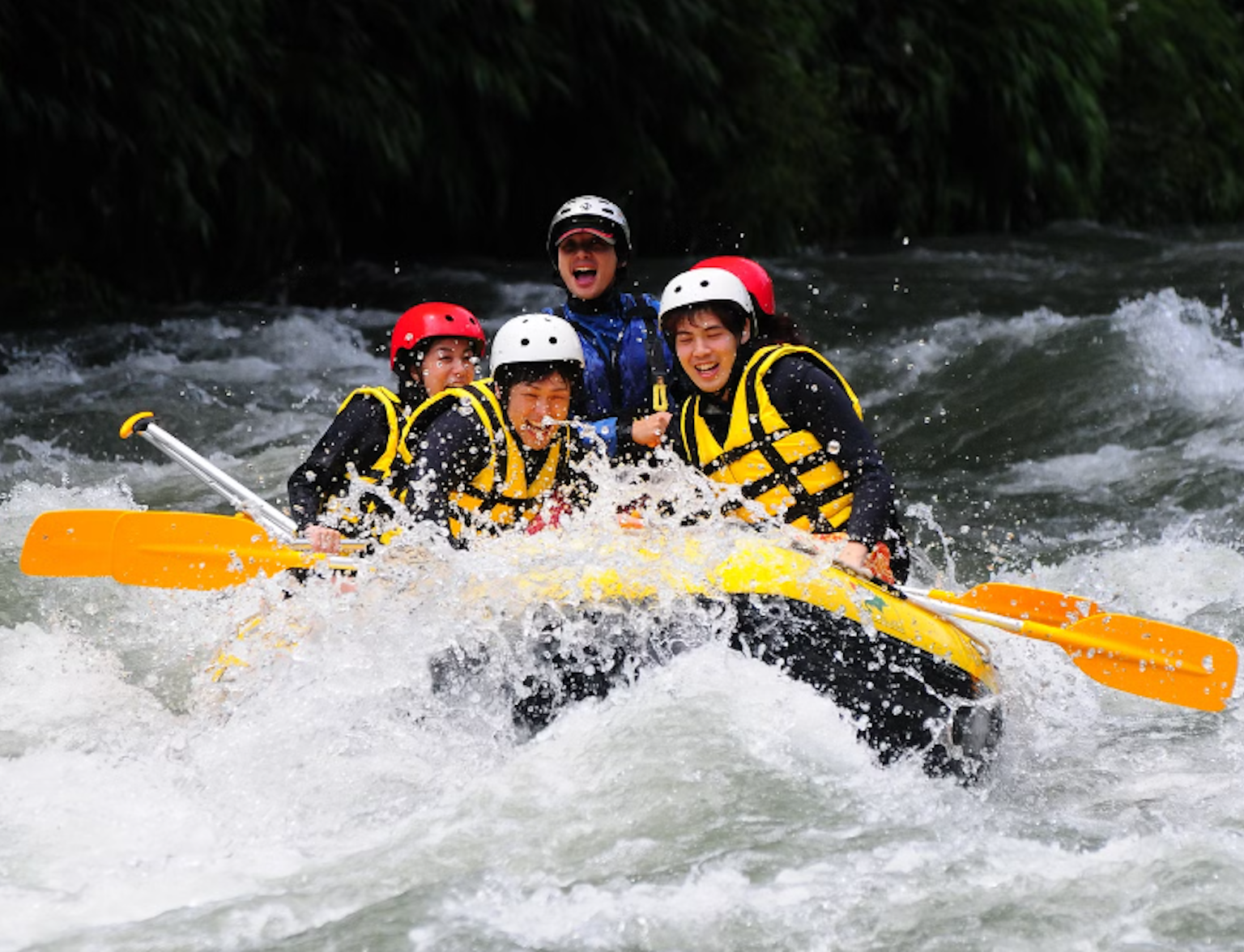
在東京青梅的多摩河漂流之旅中釋放您的冒險精神。
天氣檢查:使用天氣應用程式或網站跟蹤富士山的能見度預報。冬季,尤其是雨後,通常條件最好。
一天中的時間: 清晨通常是晴朗天空的最佳時間。
攝影設備:如果您喜歡攝影,請帶上變焦鏡頭,從遠處拍攝山的細節照片。
如果從遠處看到富士山還不夠,可以考慮進行一日游以更接近。這些景點是近距離欣賞這座山的熱門目的地:
河口湖可能是近距離觀察富士山最著名的景點。湖水在其表面倒映著山,營造出鏡面般的效果,在照片中尤為醒目。該地區為遊客配備了齊全的設備,擁有許多咖啡館、溫泉設施和拍照點。
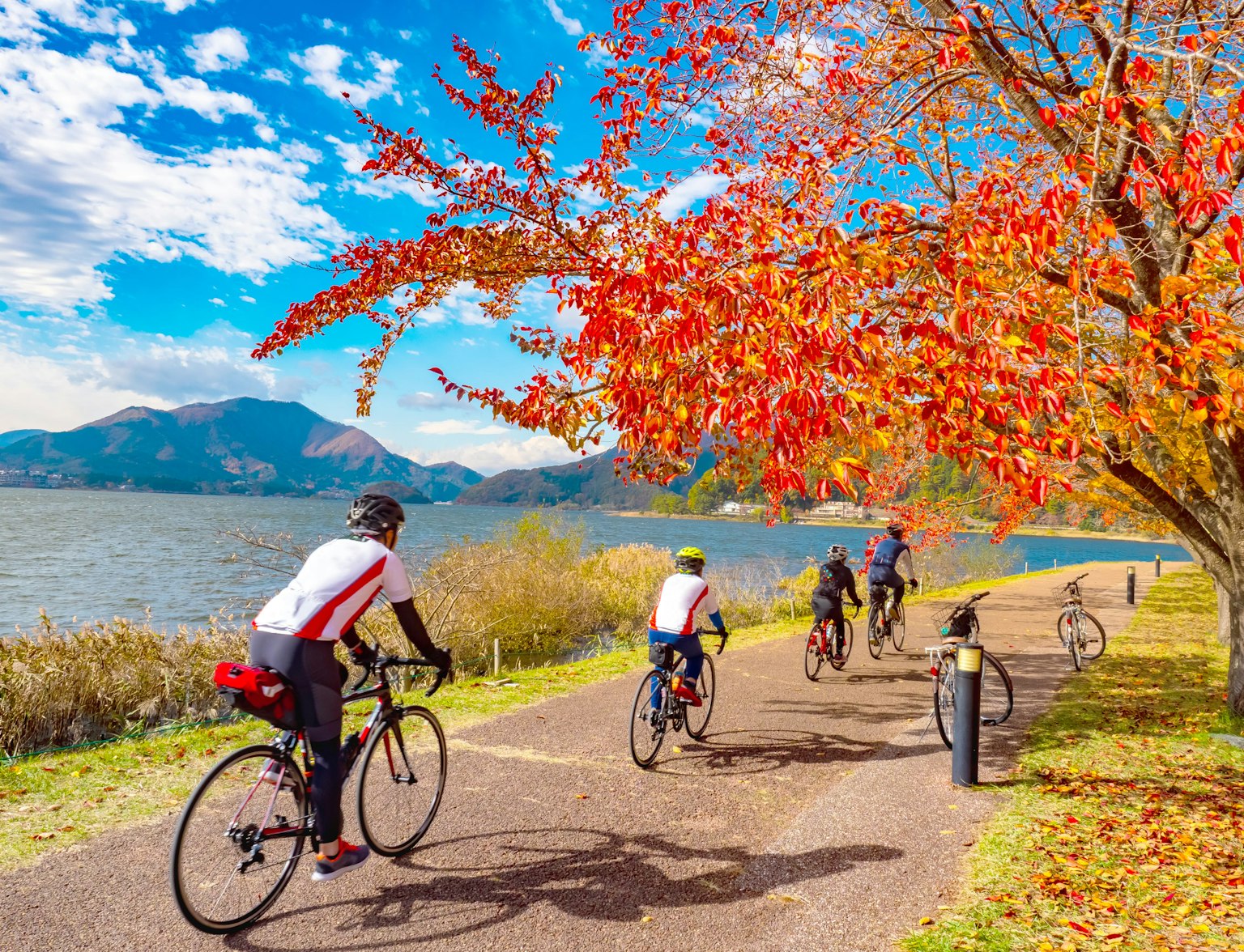
踏上前往富士山和河口湖的驚險之旅。
箱根以其溫泉和美景而聞名,提供放鬆和令人歎為觀止的景點。這箱根索道和蘆之湖以享有富士山的美景而聞名。許多人將他們的訪問與入住傳統日式旅館結合起來,以充分享受該地區。
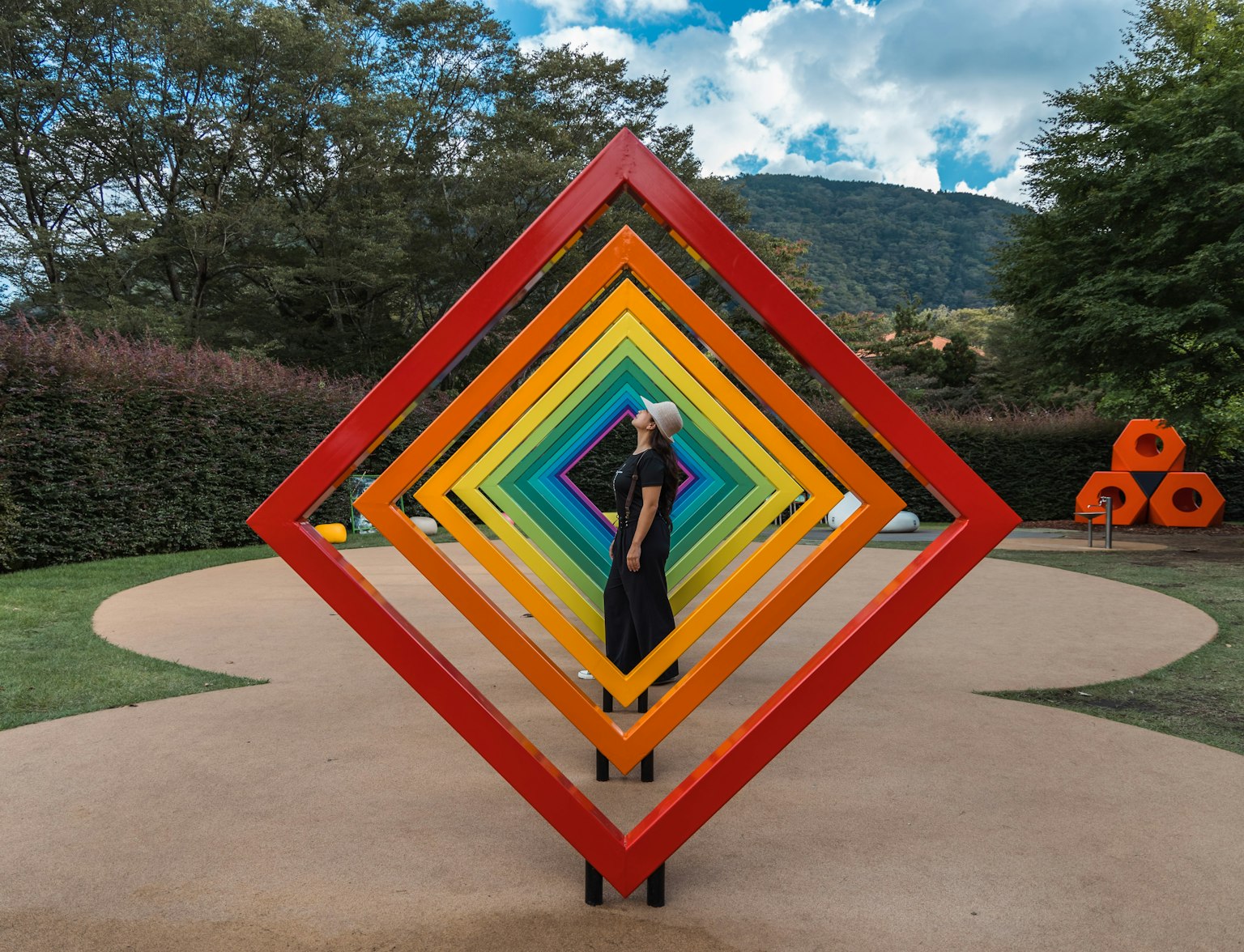
在私人旅遊中探索富士山和箱根的迷人景觀。
荒倉山淺間公園的這個地方是攝影師的夢想。以富士山為背景的五重塔是世界標誌性的場景。春天的櫻花或秋天鮮豔的樹葉為環境增添了更多美麗。
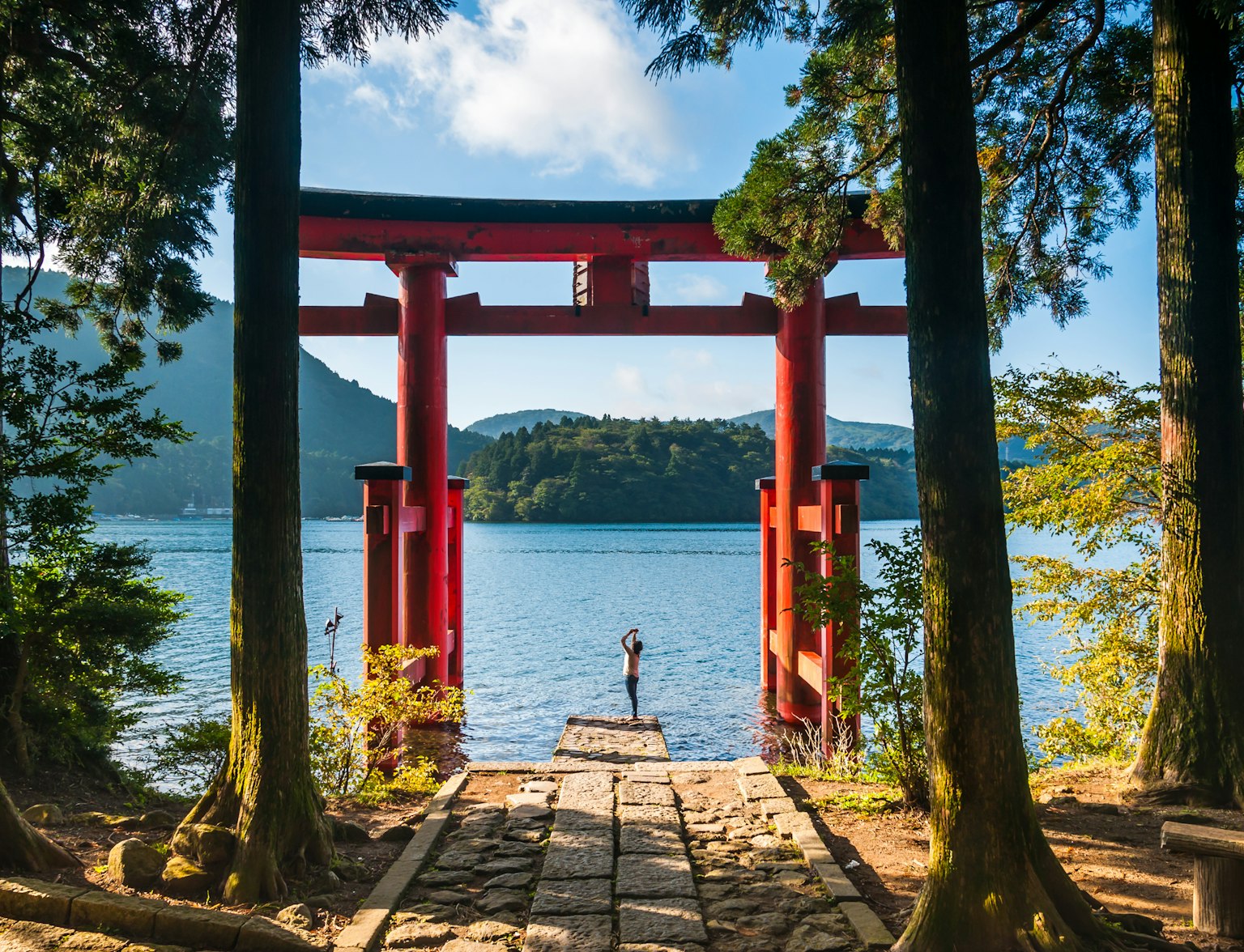
在全日導覽遊中探索日本令人歎為觀止的風景。
一年中的時間對您從東京看到富士山的頻率起著重要作用。以下是預期內容:
冬季(12 月至 2 月): 最晴朗的天空和最高的機會看到富士山。白雪皚皚的山峰增添了額外的魅力。
春季(3 月至 5 月):櫻花盛開時,能見度可能會有所不同。涼爽的早晨往往提供更好的機會。
夏季(6 月至 8 月):高濕度和頻繁的雨雲經常掩蓋這座山。這是那些計劃徒步登頂的人的登山季節。
秋季(9 月至 11 月):涼爽的天氣和降低的濕度提高了能見度,尤其是在後期。
除了自然美景,富士山在日本還具有文化、精神和歷史意義。幾個世紀以來,它一直是一個聖地,通常與神道教和佛教習俗聯繫在一起。北齋 (Hokusai) 和廣重 (Hiroshige) 等藝術家在他們的浮世繪木版畫中使其形式永垂不朽,這些版畫仍然是日本藝術中最著名的作品之一。
攀岩富士山對許多人來說,這被認為是一次精神之旅,象徵著毅力和與大自然的聯繫。即使您只是從遠處欣賞它,這座山的存在也喚起了一種寧靜和敬畏的感覺。
您每天都能從東京看到富士山嗎?
能見度取決於天氣和空氣品質。晴朗的日子,尤其是冬天,是從東京看到富士山的最佳機會。夏日通常朦朧,因此更難發現這座山。
一年中從東京看富士山的最佳時間是什麼時候?
冬季(12 月至 2 月)由於濕度較低且霧霾較少,因此視野最清晰。暴雨後的清晨和傍晚也會提高能見度。
東京的哪些觀景台最適合觀賞富士山?
受歡迎的觀景台包括東京都廳、東京晴空塔和六本木新城森塔。每個地方都提供獨特的視角,並在天氣好的時候欣賞到山的清晰景色。
晚上從東京可以看到富士山嗎?
富士山通常晚上看不到,因為它沒有照明。然而,有時可以在滿月之夜或白雪覆蓋山峰並反射光線時看到山的剪影。
從東京機場可以看到富士山嗎?
是的,羽田機場的觀景台在晴朗的日子里可以欣賞到富士山的美景。成田機場距離較遠,不太適合觀賞這座山。



